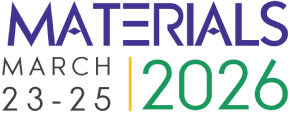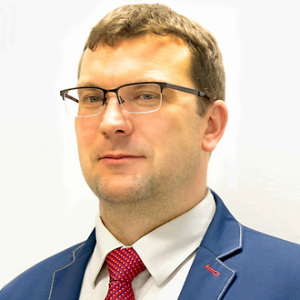Title : The welding of two-layer (Composite) tubes with the use of laser technology
Abstract:
Welding technologies are the most popular technologies used in the joining of steels. Increasing demands concerning the quality of welded joints and the need to increase the efficiency of the welding process force designers and technologists to look for new and innovative joining methods.
Power generation is one of the most important sectors of the economy. Today, innovative materials and technologies are key elements of power generation development.
The development of new-generation steels is closely linked to the ever-growing power industry. Elements of power boilers are protected against the aggressive effects of combustion products by ceramic liners or overlay welds characterised by high corrosion resistance and heat resistance. Flue gases formed during waste combustion contain very aggressive and environmentally harmful compounds, including sulphides, chlorides and fluorides.
To date, the most popular process used in the power industry to increase the durability of boiler components involves surfacing the latter with nickel-based alloys. Nickel alloys are characterised by very good service properties. The above-named materials are resistant (within a wide temperature range) to the effects of a corrosive environment, and, in particular, to pitting as well as intergranular and crevice corrosion.
Another solution applied to protect boiler components from the aggressive effects of combustion products is the use of double-layer tubes (commercially referred to as composite tubes).
A two-layer tube is used where conditions outside and inside the tube require material properties which cannot be provided by only one material. Such a tube consists of two different alloys, combined metallurgically to achieve good heat transfer properties. One alloy is used to resist corrosion, while the other one is tasked with preventing creep processes.
The paper presents the results of research concerning the application of laser welding technologies used for the butt joining of double-layer tubes. The tests were carried out on 3R12/4L7 and Sanicro 38/4L7 grade two-layer tubes produced by the Sandvik company. The research also included the adjustment of parameters of the laser welding of the inside layer (steel 4L7 - 1.0425) as well as of the hybrid welding (laser + MAG) and of the surfacing of the outside layer (steel 3R12 - 1.4301, steel Sanicro 38 - 2.4858).
The welding of double-layer tubes was carried out in two steps. First, the inside layer of the tube (4L7) was made with a beam of laser radiation (without the filler metal). The second stage of the process involved hybrid surfacing with the use of the filler metal (3R12, Sanicro 38).
The research revealed that the laser welding method used to join the test tubes (4L7 - inside layer) made it possible to obtain quality butt joints with the uniform face and the properly formed root (meeting the requirements of quality level B according to ISO 19319-1).
The use of the hybrid surfacing process for the deposition of the outside layer of the pipe enabled the obtainment of the overlay weld with the properly shaped face (meeting the requirements of quality level B according to ISO 12932).
Audience take away:
- The audience will able to learn about the laser and hybrid welding process,
- The developed welding technology is a new and innovative solution,
- The results can find practical application in the economic sector (e.g. power industry)



